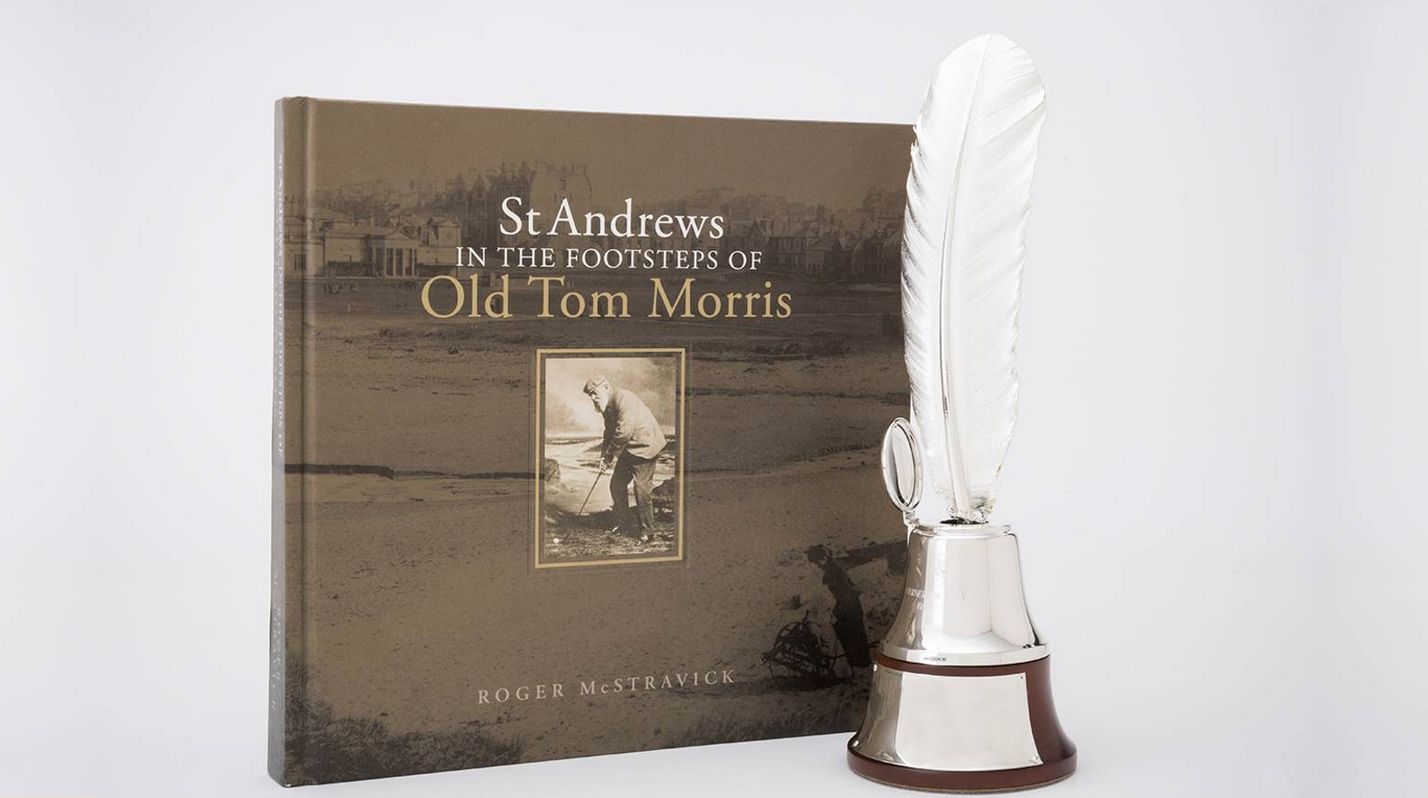Well done to Roger McStravick on his second Herbert Warren Wind Award, this time for the incredible bit of research on St Andrews, the Road War and how it shaped both the course and town.
From the USGA:
'St. Andrews: The Road War Papers' Wins Herbert Warren Wind Award
USGA honors author Roger McStravick for second time for outstanding contribution to golf literature
LIBERTY CORNER, N.J. (March 4, 2021) – The United States Golf Association (USGA) has named “St Andrews: The Road War Papers” by Roger McStravick as the recipient of the 2020 Herbert Warren Wind Award.
Established in 1987 and named for the famed 20th-century American golf writer, the Herbert Warren Wind Award is presented by the USGA Golf Museum & Library in recognition of outstanding contributions to golf literature through expert research, writing and publishing.
'It is wonderful to receive the USGA’s Herbert Warren Wind Award for 2020,” said McStravick. “It is the highest honor for any golf writer and I am delighted to be this year’s recipient. Winning in 2015 changed my life. This award has the power to do that, and I am truly grateful to the USGA and the committee. This means the absolute world to me.”
McStravick’s book takes readers through the “road war” that ensued in 1879 after the St. Andrews town council encouraged residents whose homes faced the Old Course to build a road from Golf Place to Grannie Clark’s Wynd, running over a portion of the ancient links. Local resident John Paterson emerged as a staunch and vocal critic of the plan, fighting in court for the preservation of the historic grounds. The case eventually made its way to the House of Lords.
McStravick gathers, transcribes and analyzes original archival documents from St. Andrews institutions to construct a vivid account of the legal conflict while telling the story of the town’s evolution and development around the Old Course. This research, compiled in the book for the first time, includes court testimony of local residents, including Old Tom Morris and three-time Open champion Jamie Anderson.
“Roger backs a fascinating and engaging narrative with meticulous research to deliver an unparalleled look at how St. Andrews was shaped into the town we know today,” said Hilary Cronheim, director of the USGA Golf Museum & Library. “The book will serve as an invaluable resource for future researchers on the history of the game as well as any golf fan who wants to learn more about one of golf’s most historic towns.”
McStravick previously received the Herbert Warren Wind Award for his 2015 book, “St Andrews: In the Footsteps of Old Tom Morris,” which also garnered him the Murdoch Medal from the British Golf Collectors Society (BGCS). He is currently the editor of the BGCS magazine Through The Green and is a frequent contributor globally in print and on screen as one of golf’s preeminent historians. McStravick lives in St. Andrews with his wife and two children.
The book can still be purchased here including for U.S. residents.




























